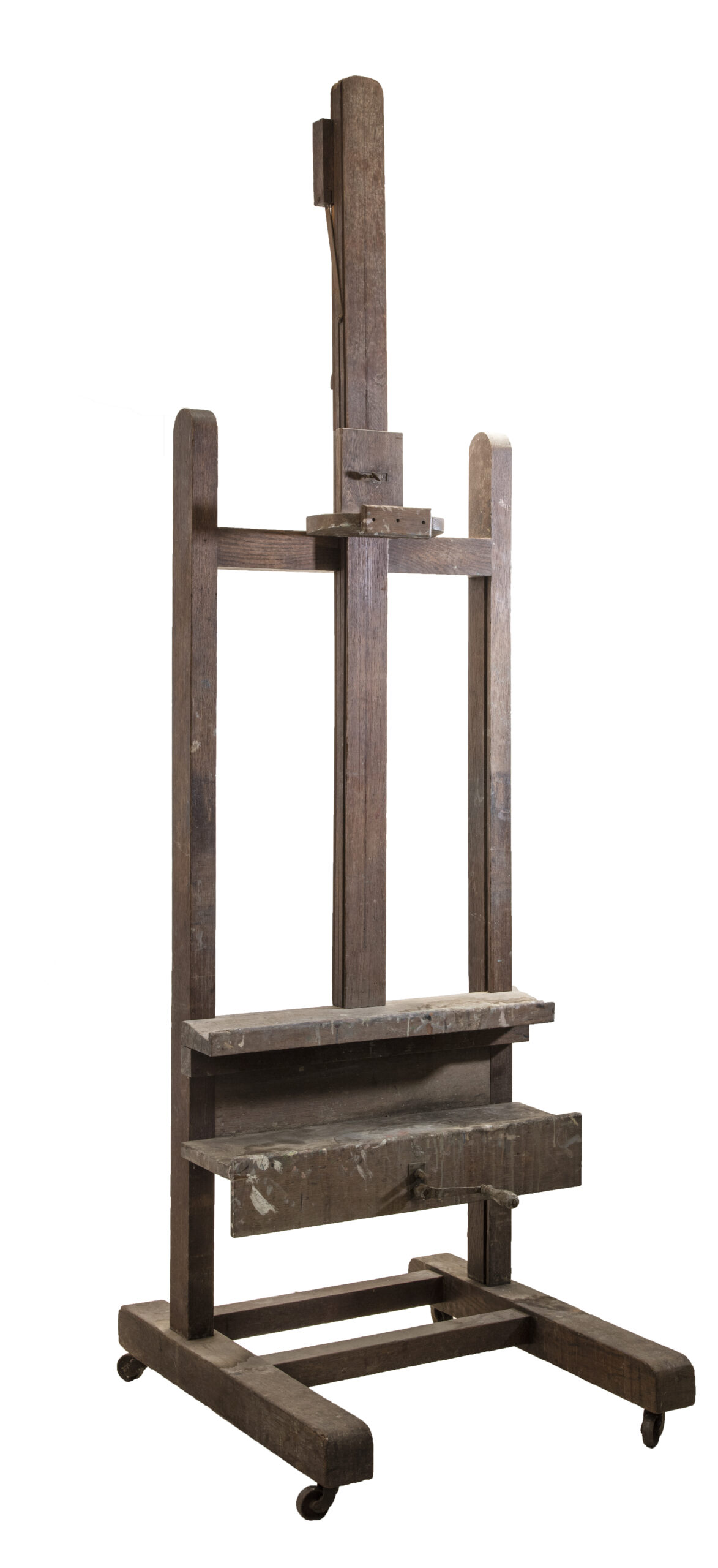Born on June 3, 1877, in Le Havre, Raoul Dufy came into the world in a modest family, the eldest of nine siblings. At the age of fourteen, he left school to work at a coffee import company. After spending his days sorting coffee beans, he would spend his evenings at the Municipal School of Fine Arts in Le Havre, where he discovered drawing and painting alongside Charles Lhuillier.
It was there that he met Émile Othon Friesz, with whom he would later share much more than just a studio in Montmartre. In 1900, thanks to a scholarship from the city of Le Havre, Dufy moved to Paris, where he reconnected with Othon Friesz. The canvases he produced caught attention, and his first exhibitions at the Salon des Artistes Français and the Salon des Indépendants marked the beginning of a remarkable artistic journey.
In contact with the great masters of Fauvism, particularly Henri Matisse, Dufy experienced a revelation. His work, characterized by pure and vibrant colors, became a true hymn to light. Dufy did not merely reproduce reality; he transcended it, transforming each canvas into a space where emotion and color intertwine.
In his artistic quest, Dufy ventured into Cézannian cubism, especially during his stays in Provence with Georges Braque. However, his pictorial essence lies in the dissociation between color and drawing. For him, colors are alive; they blossom beyond objects.
In the 1920s, Dufy explored various mediums such as engraving, ceramics, and fashion. He collaborated with designer Paul Poiret. In 1925, he created “La Fée Électricité,” a monumental fresco for the International Exhibition.
Despite suffering from rheumatoid arthritis since 1937, Dufy continued to produce work. In 1952, he won the painting prize at the 26th Venice Biennale, solidifying his career.
Raoul Dufy passed away on March 23, 1953, in Forcalquier, leaving behind an invaluable legacy.

Sign up to the newsletter and stay informed about our latest acquisitions and exhibitions:
© Galerie Rousset 2023